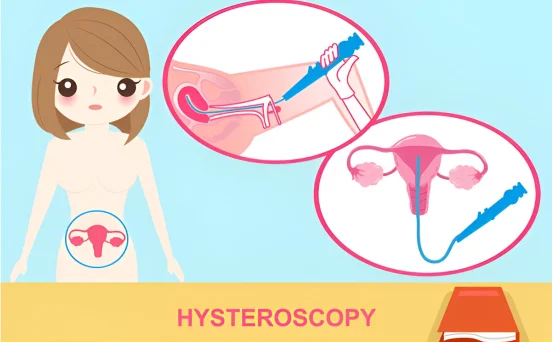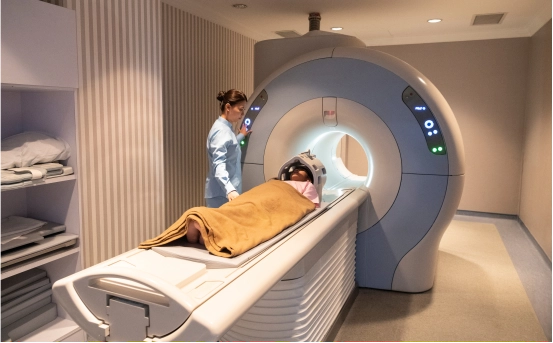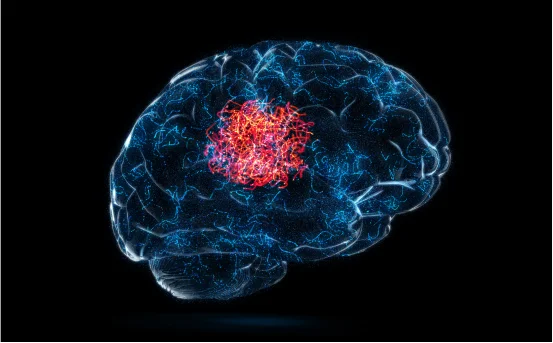Hysteroscopic surgery is used to diagnose and treat uterine disorders. The procedure involves inserting a Hysteroscope, which is a thin, illuminated telescope-like device through the vagina or cervix in order to see the inside of your uterus. The gynecologist can detect abnormalities, and in some cases correct them, without having to make abdominal incisions.
Women with abnormal uterine hemorrhage, infertility or recurrent miscarriages may be candidates for this procedure. hysteroscopic surgeries are less painful, require a shorter hospital stay and have a quicker recovery.
Hysteroscopy is a crucial tool in women’s modern healthcare. It offers precision and safety.
What is Hysteroscopic surgery?
When less invasive procedures (such as ultrasounds, pelvic exams or medication) are unable to diagnose or treat a woman’s fertility issues, hysteroscopic surgery may be recommended. These are some of the most common reasons for this procedure:
- How to investigate abnormal uterine bleeding
- How to remove fibroids and polyps
- How to treat uterine adhesions or septum (Asherman syndrome)
- Diagnose causes of infertility and recurrent pregnancies
- How to remove misplaced intrauterine Devices (IUDs).
- How to perform sterilization procedures
This procedure is both diagnostic as well as therapeutic, which makes it a good option to treat many uterine disorders in one session.
Symptoms that may require hysteroscopic surgery
A gynecologist might suggest an hysteroscopic examination and surgery if you experience any of these symptoms:
- Abnormal Uterine Bleeding :- It can be heavy bleeding, bleeding in between periods or bleeding after menopause. This is often a sign of polyps or fibroids.
- Infertility :- Hysteroscopic surgery may be required to detect structural abnormalities in the uterus that prevent embryo implantation.
- Recurrent Miscarriages :- Hysteroscopy can diagnose and correct issues such as uterine adhesions or a septum.
- Chronic Pelvic pain :- A persistent pelvic pain may indicate an intrauterine condition that requires a hysteroscopy for a more thorough examination.
- Retained Products of Conception :- Retained tissues after a miscarriage, or childbirth can lead to infection or bleeding. They must be removed using hysteroscopic techniques.
Conditions treated by Hysteroscopic Surgery
Many gynecological disorders that require surgical hysteroscopy are caused by hormonal imbalances, congenital abnormalities, or growths within the uterus.
- Uterine Polyps :- The uterine lining is affected by hormonal changes or aging.
- Uterine Fibroids :- Non-cancerous tumours in the uterus that can cause heavy bleeding and pressure symptoms.
- Congenital Uterine Anomalies :- A septate uterus, a division in the uterine chamber, can cause miscarriages and hinder fertility.
- Intrauterine Adhesions :- The uterine cavity can be distorted by scar tissue that forms after surgery or infection.
- Endometrial Hyperplasia :- The thickening of the uterine lining caused by excess estrogen may require a biopsy or tissue removal.
Diagnosis before Hysteroscopic Surgery
Doctors follow a structured process of diagnostics to determine the safety and suitability of the hysteroscopic procedure.
- Pelvic Ultrasound :- Non-invasive imaging tests to identify polyps or fibroids in the uterus.
- Transvaginal Ultrasound :- This view provides a detailed look at the uterine lining as well as endometrial structures.
- Saline Infusion Sonography (SIS) :- The uterus is injected with a saline solution to improve ultrasound imaging and detect anomalies.
- Endometrial Biopsy :- Before surgery, it is possible to take samples of the uterine wall to check for cancer or precancerous changes.
- Hormonal Tests :- Tests to measure estrogen, progesterone and other hormones may help determine the underlying cause of abnormal bleeding.
What happens during Hysteroscopic surgery?
Hysteroscopic surgery may be operative or diagnostic.
Diagnostic Hysteroscopy
- A short procedure is often performed in a clinic.
- It helps visualize the uterine cavity to diagnose abnormalities.
Operative Hysteroscopy
- Perform under local or general anesthesia.
- Hysteroscopes can be used to treat conditions like:
- Remove fibroids and polyps
- Cut away adhesions
- Correcting the uterine septum
- Endometrial Ablation (removal uterine lining).
The surgery usually lasts between 30-60 minutes. There are no incisions and therefore minimal discomfort after the procedure.
Recovery after Care
Recovery after hysteroscopic surgeries is typically quick and easy.
- Hospital stay: Often same-day discharge.
- Discomfort : Mild pain or mild bleeding can occur for several days.
- Restrictions Do not use tampons or douching during the first week.
- Returning to normal activities: The majority of women are back at work in 1-2 days.
It is important to schedule follow-up appointments in order to monitor the healing process and ensure that the procedure was effective.
Benefits of Hysteroscopic surgery
- minimally invasive without abdominal cuts
- Fast recovery with minimal downtime
- Accurate diagnosis and treatment all in one session
- Less risk for complications than traditional surgery
- Maintains fertility in most cases
- Cost-effective both for diagnosis and treatment
Conclusion
Hysteroscopic Surgery plays an important role in modern gynecology. It is safe, efficient and minimally invasive. This surgery is beneficial for women who suffer from infertility or unexplained bleeding of the uterus.
The risks of hysteroscopic surgery are minimal, thanks to technological advances and the expertise of surgeons. Consult a gynecologist if you are experiencing symptoms such as abnormal bleeding or chronic pain in the pelvis.























